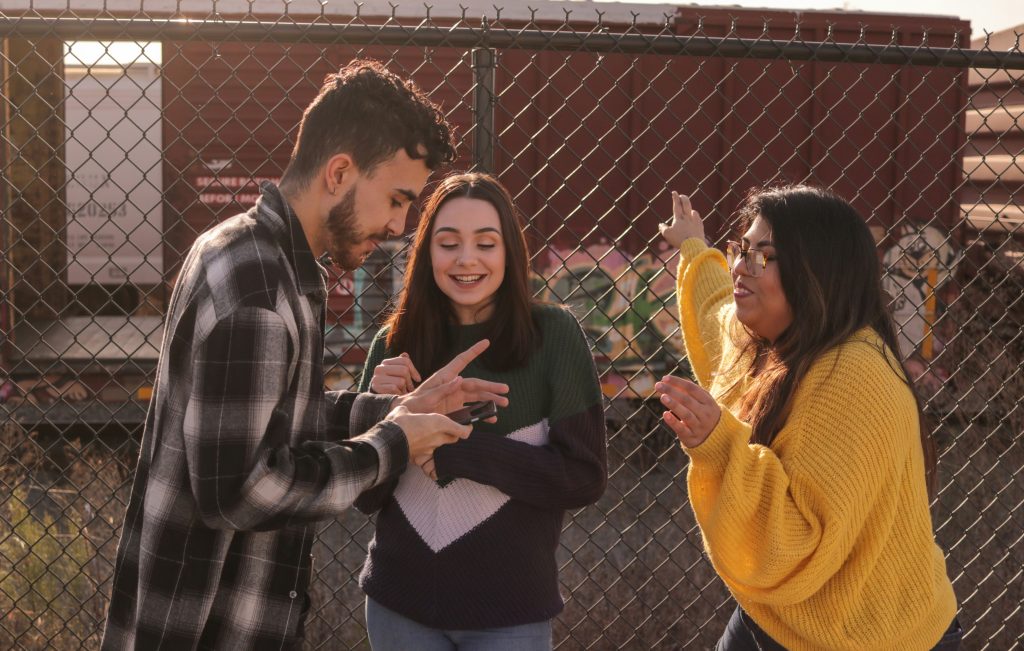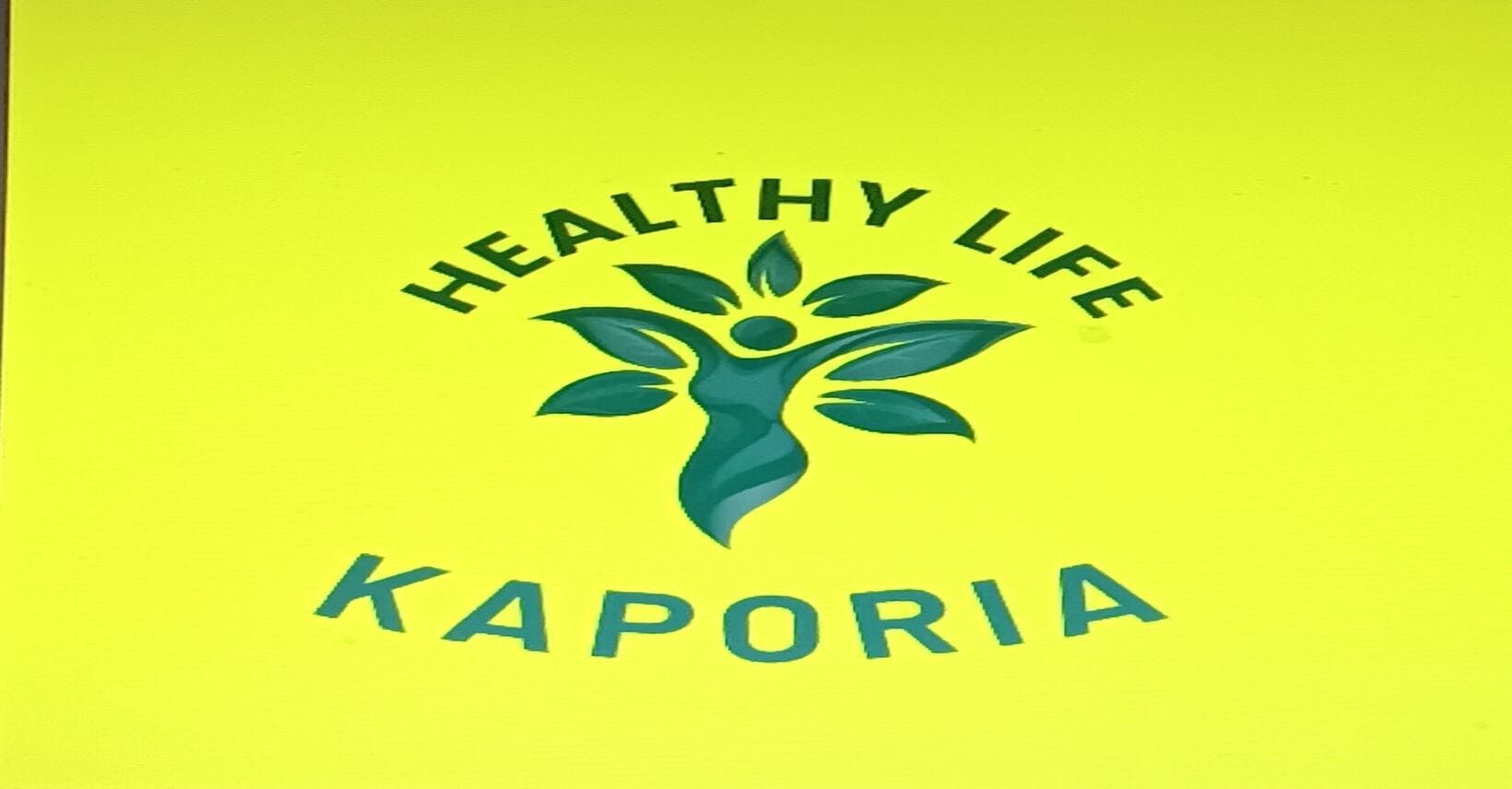[ad_1]
Suicide is a severe public well being challenge which has devastating impacts on households, buddies and communities. Annually, 720,000 individuals die by suicide worldwide (World Well being Group, 2024). Suicide is the third main explanation for demise in 15-29-year-olds, though estimates differ by nation (World Well being Group, 2024). Charges of suicide are notably excessive amongst males and in young people who experience discrimination and marginalisation together with refugees, First Nations individuals, incarcerated youth, and people from the LGBTQIA+ group (World Well being Group, 2024).
But suicide can be preventable. Creating evidence-informed prevention and early intervention strategies is vital to decreasing the variety of lives misplaced to suicide.
Welty and colleagues (2024) spotlight that present preventive interventions for suicide amongst adolescents are inclined to deal with particular person danger elements (e.g., melancholy) which might fail to help adolescents who current as low-to-moderate danger, however are literally at the next danger of suicide. Additionally they word that present approaches are sometimes costly and have restricted proof and effectiveness in decreasing suicide deaths. They counsel that an method that targets community-level protecting elements, particularly a way of connection to others, and takes a socio-ecological method (i.e., connections between people but in addition connection inside wider programs akin to household, college and group) is a crucial, but under-researched space in adolescent suicide prevention.
To this finish, Welty and colleagues (2024) focussed their systematic evaluate on “college connectedness” as a doubtlessly modifiable protecting issue for suicidality (i.e., ideas, plans, makes an attempt). Faculty connectedness refers to ideas, emotions and behaviours related to connection to the varsity setting (e.g., college students feeling a way of belonging at college), relationships throughout the college (e.g., college students feeling that lecturers care about them) and studying experiences (e.g., scholar having fun with collaborating in studying duties; Hodges et al., 2018; García-Moya et al. 2019). Proof exhibits that college connectedness is related to higher wellbeing, psychological well being, bodily and sexual well being, and academic outcomes, and that it may help protect adolescents against depression and anxiety (Aldridge & McChesney, 2018; Raniti et al., 2022; Rose et al., 2024; Wang & Degol, 2016).
Of their systematic evaluate, Welty and colleagues (2024) examined whether or not college connectedness protects in opposition to suicidality in highschool college students and in that case, whether or not this relationship is modified by any of the next identified danger elements for suicide in adolescents: melancholy, anxiousness, impulsivity, sleep, non-vaped substance use, vaping, gender, ethnicity, or age.

Might a sense of reference to college cut back or forestall suicide in adolescents?
Strategies
The authors searched the PubMed, EMBASE, CINAHL, PsycINFO on-line databases in December 2021 for observational (i.e., cohort; case management; cross-sectional) and experimental research analyzing the impact of college connectedness (i.e., publicity) on at the least one side suicidality (i.e., consequence) in highschool college students. Research wanted to be printed in English and measure at the least one side of college connectedness (i.e., social affiliations; college belonging; perspective about college significance; supportive studying setting). There have been no restrictions by publication date.
Normal procedures for conducting a scientific evaluate had been adopted (e.g., screening of at the least 50% of articles by two reviewers; extracting knowledge utilizing predetermined classes). Included research had been assessed for danger of bias utilizing the Newcastle-Ottawa Scale (NOS) for nonrandomized research. Outcomes had been offered utilizing narrative synthesis.
Outcomes
Examine traits
Of the 871 articles that had been recognized, 34 met the inclusion standards. Twenty-seven research had been cross-sectional and 7 had been longitudinal. There have been no experimental/intervention research. Most research assessed suicidal ideation (30 research), adopted by plans (2 research), and makes an attempt (22 research). Twenty research assessed suicidality throughout the previous yr and solely 5 research assessed lifetime suicidality. Nearly all of research had been printed in high-income international locations, primarily the US of America.
The standard of the included research was combined. Whereas 14 had been rated as “excessive” high quality (representing a low danger of bias), 20 had been thought-about to have a “excessive” danger of bias (none had been rated as “very excessive” danger). The authors famous that larger danger of bias was often related to research utilizing self-report outcomes and never justifying pattern measurement, for instance. The evaluate additionally discovered that research didn’t management for confounders akin to sleep, impulsivity, substance use, or melancholy of their statistical fashions.
Primary findings
Findings referring to the impact of college connectedness on suicidality had been combined and trusted the result of curiosity:
- In research that examined suicidal ideation as an consequence, 73% discovered that college connectedness protected in opposition to suicidal ideation
- In research that examined suicide makes an attempt as an consequence, 50% discovered that college connectedness protected in opposition to suicide makes an attempt
- Of the 20 research printed throughout the previous 5 years, 11 (55%) discovered that college connectedness was protecting in opposition to suicidality
- No research examined moderators of college connectedness and suicidality.

Faculty connectedness was linked to much less suicidal ideation in highschool college students.
Conclusions
This evaluate examined the results of college connectedness by means of a narrative synthesis of 34 printed research.
General, the authors concluded that whereas college connectedness may also help defend in opposition to suicidality, it’s extra protecting of suicidal ideation than suicide makes an attempt.
To elucidate this discovering, the authors drew on the Interpersonal Idea of Suicide, which means that “belongingness and burdensomeness result in passive suicidal ideation” however “precise suicide makes an attempt require acquired functionality for suicide”. They proposed that whereas a scarcity college of connectedness is conceptually linked to a scarcity of belonging, it’s unlikely to affect an acquired functionality for suicide. Because of this whereas college connectedness and a way of belonging might assist cut back suicidal ideation, it’s much less prone to affect suicide makes an attempt.

Faculty programs play an necessary position in suicide prevention for adolescents.
Strengths and limitations
There are a number of strengths of this evaluate. First, by making use of a holistic, socio-ecological lens to prevention and early intervention of suicidality in adolescents, the examine expands upon present proof for individualised danger and protecting elements (e.g., poor sleep) to incorporate the affect of the broader programs during which adolescents dwell, study, and develop (e.g., colleges). That is necessary as a result of we all know that danger elements for suicide are complicated and embrace particular person dangers (e.g. earlier suicide try or experiencing a psychological dysfunction) and people related to wider social determinants akin to publicity to antagonistic life occasions (e.g., abuse, disasters) and social or cultural drawback (Beautrais, 2000).
Moreover, this examine took an inclusive method to article looking by utilizing a broad definition of college connectedness and never having restrictions by publication date. This implies a big proportion of the out there research analyzing the impact of college connectedness and suicidality printed in English have been captured on this systematic evaluate.
The authors acknowledge some limitations of the proof on this evaluate together with the observational nature of included research, most of which had been cross-sectional in design, which limits any inferences about causality (which requires potential knowledge). Moreover, solely research printed in English had been included within the evaluate and all however one of many included research (which was from Vietnam) was carried out in a high-income nation. This limits the generalisability of the findings to low- and middle-income countries the place the vast majority of suicides throughout the lifespan happen (World Well being Group, 2024).
We additionally word some issues. This evaluate included research carried out with highschool college students, however the ages of included individuals weren’t reported. “Highschool” corresponds to completely different ages worldwide, which suggests we can not decide the representativeness of the findings for youthful versus older adolescents. As well as, the evaluate included seven longitudinal research, however it’s unclear whether or not these used retrospective or potential knowledge. Moreover, no impact sizes had been reported, which is necessary data for figuring out the power of the present proof base. Lastly, the authors acknowledge {that a} earlier systematic evaluate and meta-analysis was carried out on the identical matter in 2017 (Marraccini and Brier, 2017). Whereas the present evaluate improves on some points of the 2017 evaluate akin to strengthening the theoretical foundation and analyzing extra covariates, it’s unclear why a meta-analysis was not carried out.

We’d like extra potential knowledge and research from low- and middle-income international locations analyzing the impact of college connectedness on suicidality
Implications for follow
- The findings of this evaluate reinforce the significance of college socio-emotional environments in supporting scholar wellbeing.
- If supported by potential proof together with intervention research, bettering college connectedness has the potential to cut back suicidal ideation in adolescents.
- Given that college connectedness has been related to psychological and bodily well being, wellbeing, and higher training outcomes in adolescents in different research, methods that enhance college connectedness (e.g., teacher-student help together with feeling that lecturers are truthful, empathic and supportive; Allen et al., 2018) could also be a very good funding for colleges to handle a number of scholar points concurrently. For instance, an intervention to enhance college connectedness would possibly enhance each psychological and bodily well being which reduces the necessity to implement interventions that focus on psychological and bodily well being individually.

Fostering a supportive and inclusive social-emotional setting in colleges is necessary for scholar wellbeing.
Assertion of pursuits
Dr Monika Raniti and Dr Jennifer Dam weren’t concerned within the Welty et al. (2024) evaluate or in any of the included research. Each Dr Raniti and Dr Dam are supported by the Centre of Analysis Excellence in Driving International Funding in Adolescent Well being (NHMRC GNT1171981). Dr Monika Raniti can be supported by the ALIVE Nationwide Centre for Psychological Well being Analysis Translation (NHMRC Particular Initiative in Psychological Well being Grant GNT2002047) and has beforehand acquired funding from the Wellcome Belief as a part of their Energetic Components for Youth Anxiousness and Melancholy Fee (2021) to look at the position of college connectedness in youth melancholy and anxiousness.
Hyperlinks
Main paper
Welty CW, Bingham L, Morales M, Gerald LB, Ellingson KD, & Haynes PL. (2024). School connectedness and suicide among high school youth: a systematic review. Journal of Faculty Well being. 2024;94(5):469-480. doi: 10.1111/josh.13445
Different references
Aldridge JM, McChesney Okay. The relationships between school climate and adolescent mental health and wellbeing: A systematic literature review. Worldwide Journal of Training Analysis. 2018;88:121–45.
Allen Okay, Kern ML, Vella-Brodrick D, Hattie J, Waters L. What schools need to know about fostering school belonging: A meta-analysis. Academic psychology evaluate. 2018;30:1-34.
Australian Institute for Well being and Welfare. (2023). Deaths by suicide among young people.
Barrass, L. (2024). Risk and recovery factors in male suicide: is society failing men? The Psychological Elf, January 2024.
Beautrais, A. L. Risk factors for suicide and attempted suicide among young people. Australian & New Zealand Journal of Psychiatry. 2000;34(3):420-436.
García-Moya I, Bunn F, Jiménez-Iglesias A, Paniagua C, Brooks FM. The conceptualisation of school and teacher connectedness in adolescent research: a scoping review of literature. Academic Assessment. 2019;71(4):423-444.
Hodges A, Cordier R, Joosten A, Bourke-Taylor H, Speyer R. Evaluating the psychometric quality of school connectedness measures: A systematic review. PloS one. 2018;13(9):e0203373.
Lawson, Okay. (2024). Suicide prevention: expanding the narrative to preventing the crisis, not just treating the crisis. The Psychological Elf, November 2024.
Mackay, L. (2023). Sexual minorities, suicide and self-harm: new research in England deepens our understanding. The Psychological Elf, September 2023.
Marraccini ME, Brier ZM. School connectedness and suicidal thoughts and behaviors: A systematic meta-analysis. Faculty psychology quarterly. 2017;32(1):5.
Raniti, M. & Rakesh, D. (2022). School connectedness, anxiety and depression: recent evidence and young people’s perspectives #ActiveIngredientsMH. The Psychological Elf, February 2022.
Raniti M, Rakesh D, Patton GC, Sawyer SM. The role of school connectedness in the prevention of youth depression and anxiety: a systematic review with youth consultation. BMC Public Well being. 2022; 25;22(1):2152.
Roberts, T. (2019). Suicide and mental illness in low- and middle-income countries. The Psychological Elf, October 2019.
Rose ID, Lesesne CA, Solar J, Johns MM, Zhang X, Hertz M. The relationship of school connectedness to adolescents’ engagement in co-occurring health risks: A meta-analytic review. The Journal of Faculty Nursing. 2024;40(1):58-73.
Suicide Prevention Australia. (2021). Fact sheet: Youth Suicide. 2021.
Wang M-T, Degol JL. School climate: A review of the construct, measurement, and impact on student outcomes. Academic Psychology Assessment. 2016;28(2):315–52.
World Well being Group. (2024, August 29). Suicide.
Picture credit
[ad_2]
Source link

